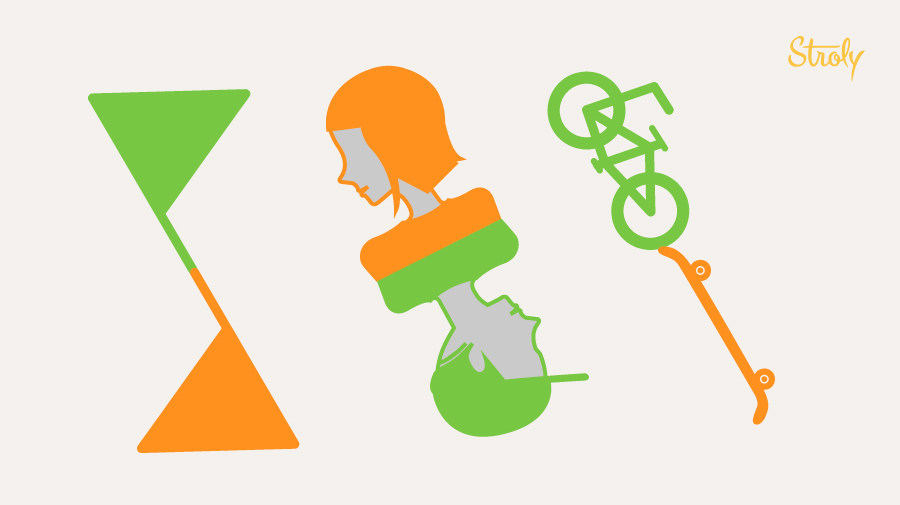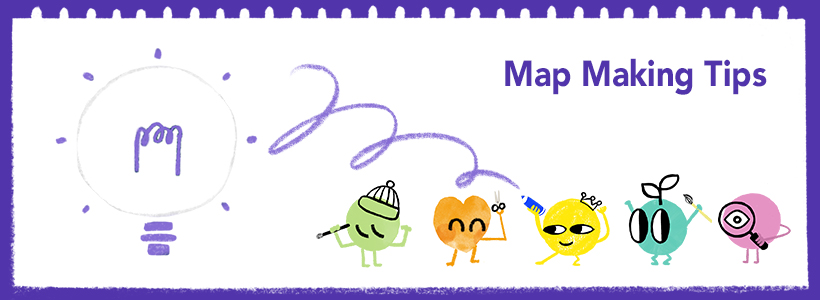Hi! Kaoru here. I want to start today’s post by asking you a question:
“How do you start making an illustrated map?”
You might already have your own set of steps or a preferred way of starting to draw a map, but others may need a bit of help on how to get started. So I wrote this post for those who might need a bit of help, or those that might be going through a creative block.
When I start a new map project, I lay the following questions in front of me. The answers to them are what help me keep focused.
1. What message do I want to deliver? (Set a goal)
2. Who is the audience for the map? (Set a target)
3. In what scenarios will the audience use this map? (Set means of transportation)
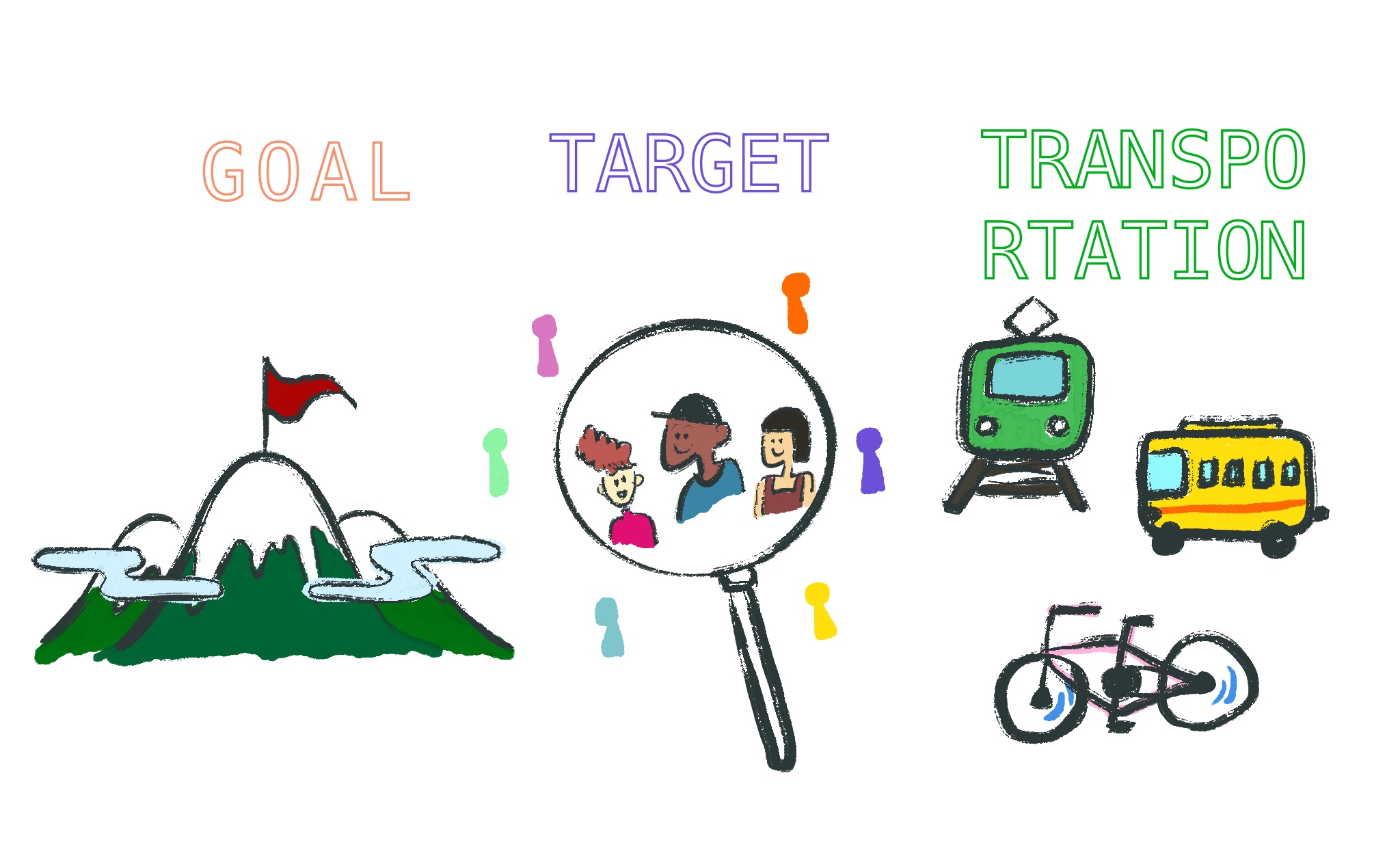
1. Set a goal: What message do I want to deliver?
Asking yourself this question is a great way to give clarity on what you want to do with your map. Answers could be something like, “I want young tourists to look for trendy spots in this area” or “I want locals to view a different way to enjoy the town,” etc. When I dig deep, I often find an answer to the second question of the audience as well.
In Stroly, we say the goals of maps can be broadly divided into 3. Let me share them with you.
① Maps that enhance the charm of the area (For PR purposes)
These types of maps show recommendations or highlights in a city that can attract new visitors. The goal of these maps is to inspire the audience and awaken their interests in the area.
(Map created by Liv Wan that lists German specialties and recommended cites)
(Map introducing tourist attractions, places and recommendations in Lisbon)
② Maps that provides audience-specific information by focusing on a small area (For convenience)
These maps provide information based on a specific theme.
For example, a travel route map made for people who travel by train. It includes information on stations, stops, and the destinations of trains in the area.
(Map summarizing information on bicycle parking in the city center of Kyoto)
(Tainan bus route map)
Themed coffee shop maps or maps with a list of grocery maps that include coupons fall into this category.
③ Maps that introduce new perspectives (For new experiences)
These maps tell you personal stories, historical facts or anecdotes about an area. Without it, you may pass through the place without knowing what has taken place. Once you learn these stories, the area becomes relevant to you and discover new experiences.
For example, traditional atlas maps are one of them. We don’t usually imagine what a place we are standing right now was like 100 years ago.
(Map of Osaka city about 100 years ago)
(Ghost Map of Austin, TX)
2. Set a target by asking “Who is the audience for the map?”.
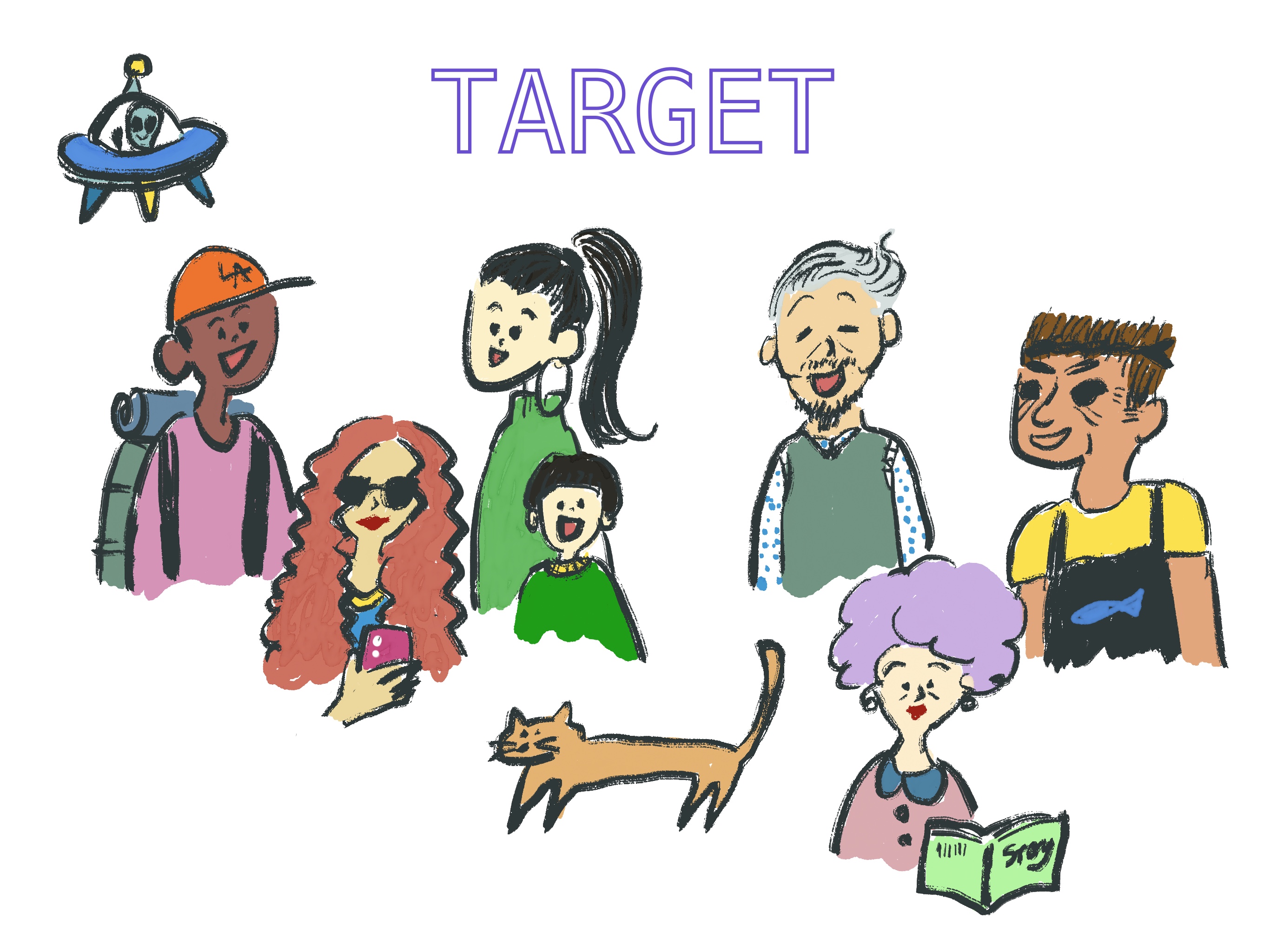
The information you present on your map will change completely depending on the target.
For example, if you are making a map for a younger audience, you may want to be conscious about the use of social media. If you are targeting older audiences, the theme may be focused more on health or how accessible a place is.
Another example would be a map for tourists who have never been to the city or a map for locals who have lived there for a long time.
By setting the target, you can select information accordingly. Try to adjust the tone of voice or the style of design too. You can definitely appeal to the audience in a better way.
3. Set means of transportation: In what scenarios will they use this map?
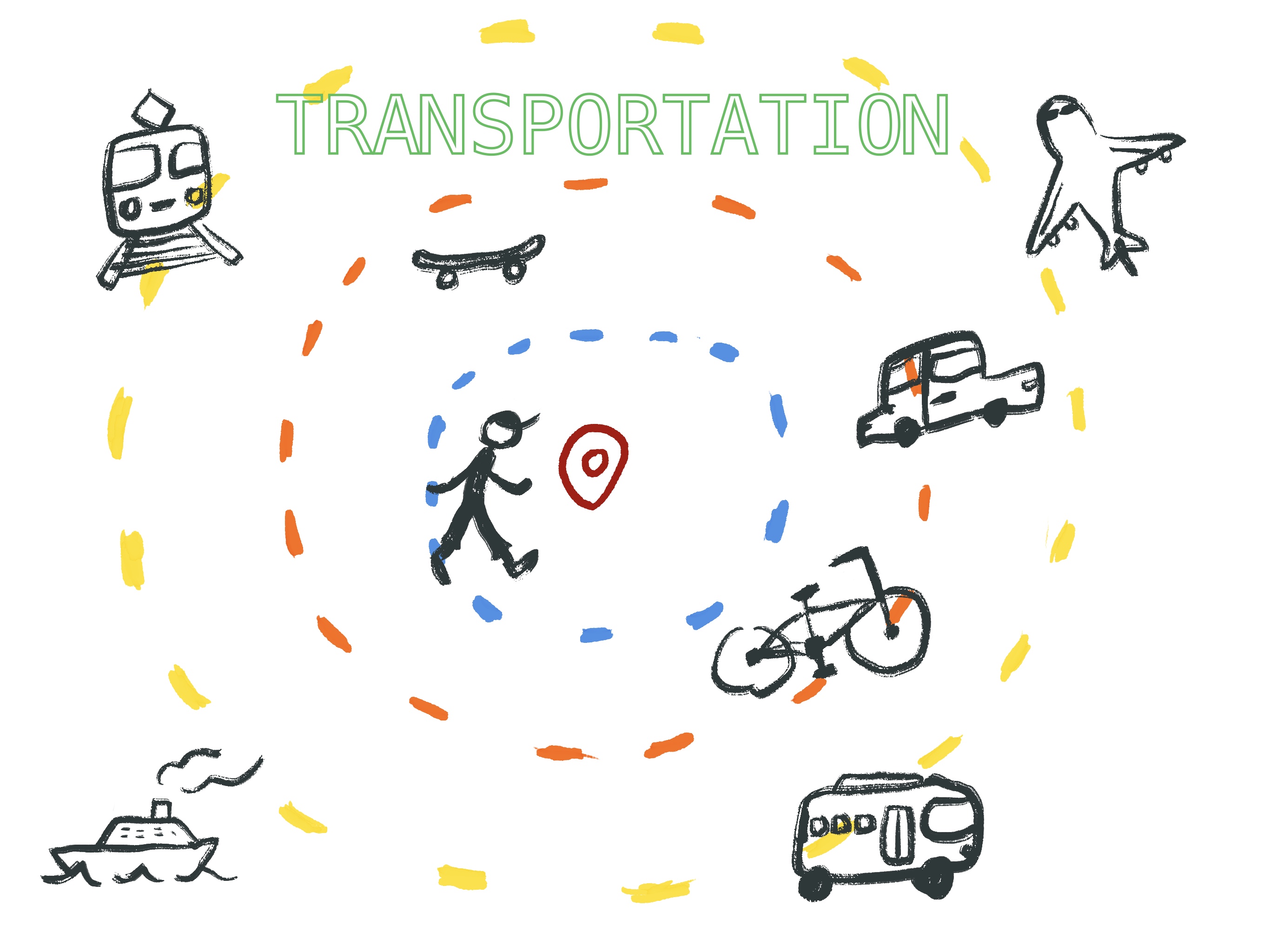
For example, the distance you can travel in a 15-minute walk is significantly different from the one in a 15-minute bicycle ride or a 15-minute drive.
By setting the means of transportation, you can get an idea of the area range of your map will cover.
Finding out in what scenarios will the audience use your map can help you draw streets/roads. For example, a street used for walking can be drawn differently from roads for driving.
Case Study
Let me share some examples with you. I created illustrated maps of the same area using different goals, targets, and means of transportation.
Case.1
For PR: A Map to promote the charm of the place
Goal
I want to introduce tourists to the nice coffee shops and restaurants around Nijo Castle. It started because I noticed that many tourists come just for the castle and go straight back to the stations. Just a few go around Nijo Castle, and they are missing those great shops.
Target
Tourists who want to take a break on the way back from Nijo Castle (mainly young generations travelers)
Means of transportation
Within a 15 minute walk from Nijo Castle
Notes
Kaoru’s recommended coffee shops and curry shops within a 15 minutes walk of Nijo Castle!
Case. 2
For convenience: A map focusing on the great accessibility of the place
Goal
I wanted to share how surprisingly convenient it is to live in the area around Nijo Castle. I’ve lived there for a while now, so I made a list of the stores or amenities I use daily.
Target
Newcomers to Kyoto
People looking for a place to move to Kyoto city
Transportation
Within 15 minutes walk or 10 minutes by bicycle from the main stations
Notes
I collected information necessary for living around Nijo Castle, like ATM locations, discount programs for grocery stores, bus stops, and train stations, best places for running, etc.
Case. 3
For new experience: A map that gives a new discovery and perspective of the place
Goal
I wanted to share my experiences and discoveries around Nijo Castle.
Target
Locals who live around the area or in a different neighborhood in Kyoto, but not familiar with the area.
Transportation
Walk on foot
Notes
I posted the stories about Nijo Castle, what I experienced, discovered, felt, and heard from my friends…
It was a bit embarrassing to use me as the protagonist, so I created an imaginary character that would represent me.
(Don’t expect too much because I couldn’t include punchline or good endings…)
Now, here is a little piece of advice from me. If you make a habit of taking notes when you go out for walks, you can always review them and get inspiration to draw a map. It makes it much easier to explain or appeal what the map is about to your audience.
Lastly, while I’ve shared with you how I start creating an illustrated map my way, but that’s just way of doing it. The possibilities are endless!
So, find a theme that speaks to you and start drawing a map.
I hope my ideas can help you in one way or another!

